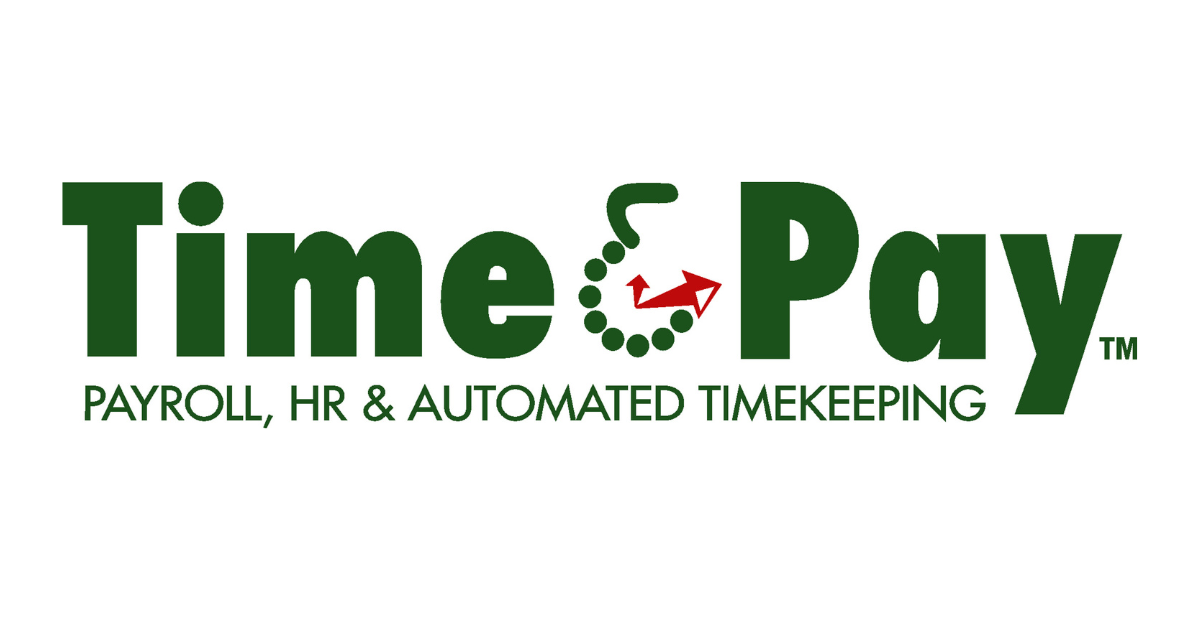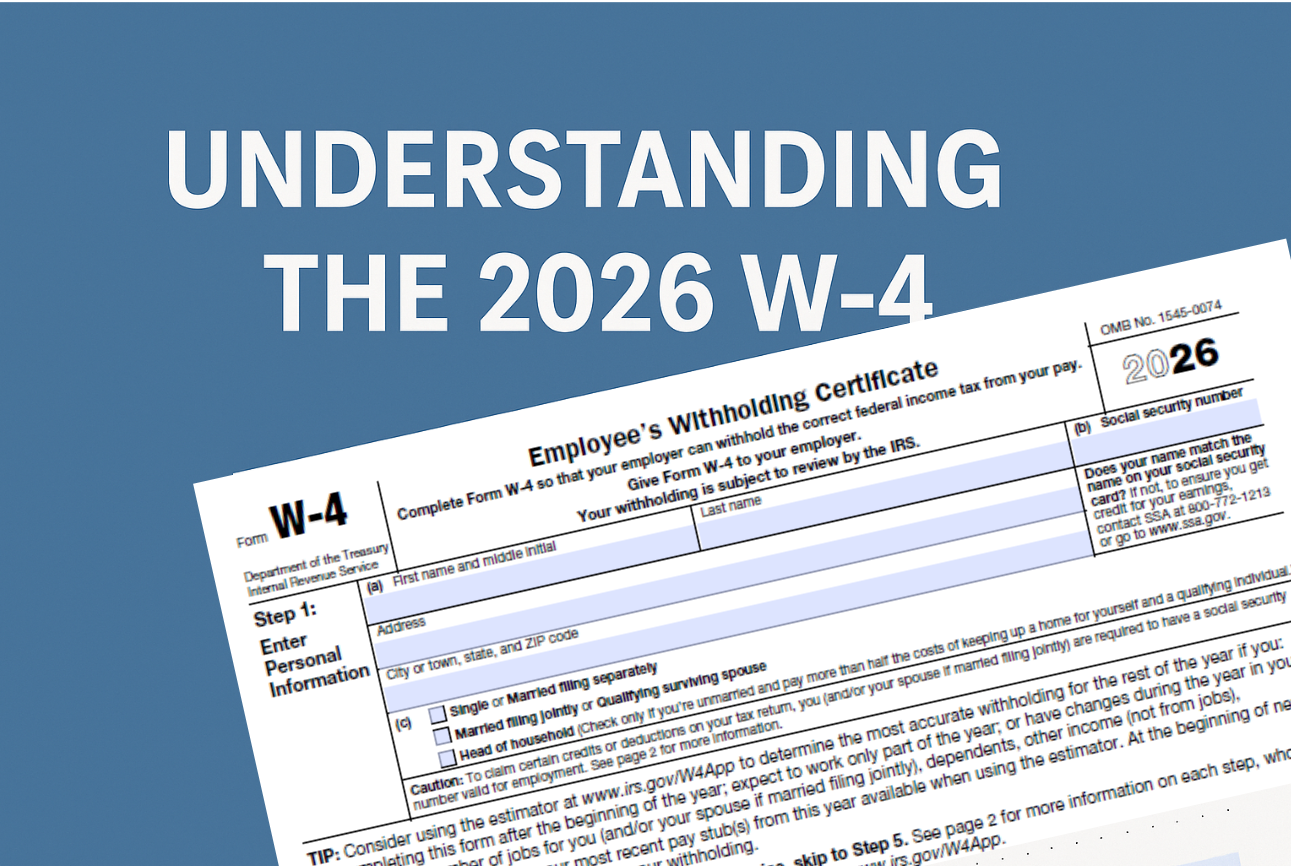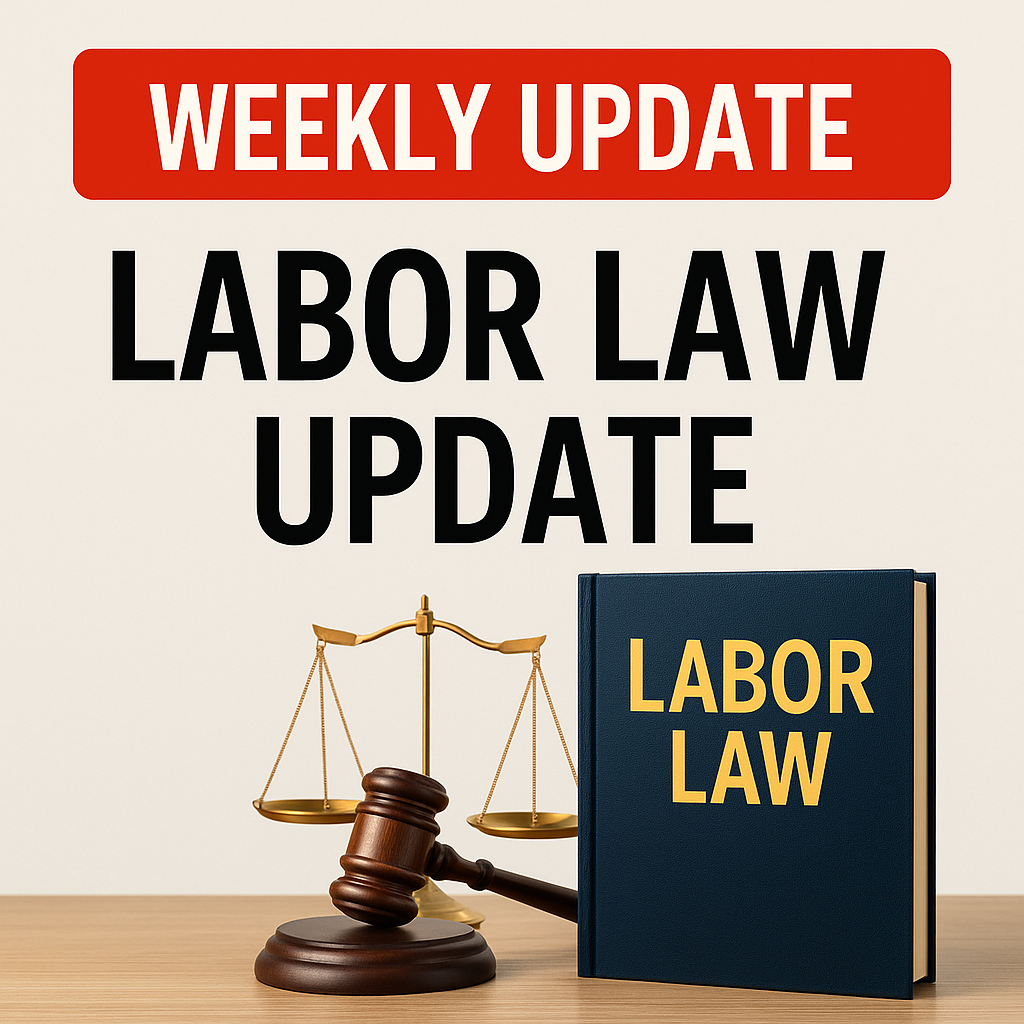Independent Contractor or Employee?
When classifying a worker as an independent contractor or employee, employers should consider the following factors:
- Does the company have the right to control what and how the worker does the job?
- Does the company control how the worker is paid or reimbursed?
- Are they paid hourly or a salary?
- Does the company provide supplies or tools used by the worker?
- Is there a written contract or employee benefits?
- Will the relationship continue after a job is completed?
The more control over a worker an employer has, the more likely that individual should be classified as an employee.
Why Employers Misclassify?
The misclassification of employees as independent contractors is not uncommon, and definitely nothing new. Employers do this in order to avoid matching FICA taxes, save on workers compensation premiums, and reduce their overall labor and administration costs.
It seems harmless enough as long as there is a mutual “understanding”, and can even go unpunished, but the potential consequences can have a devastating effect on a business if the IRS or DOL find a violation of the rules.
The Consequences
If misclassification occurs, an employer will owe up to three years of back taxes on the misclassified employee’s wages, in addition to fines and interest. They will also owe back unemployment and workers’ compensation insurance, and possibly owe premiums on other state-run insurance programs, such as paid family leave. There will be additional back pay and penalties owed to the employee if an employer did not meet minimum wage or overtime requirements.
If you are concerned that you may have misclassified an employee as an independent contractor, don’t panic! Time & Pay can help make sure you stay compliant with IRS and Department of Labor regulations, and help reduce any red flags that could trigger an unexpected audit. Contact us today for a free consultation!




